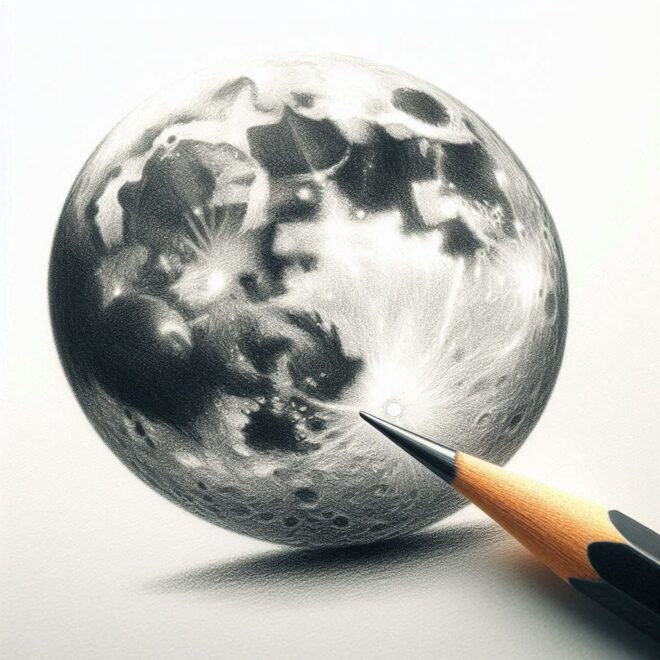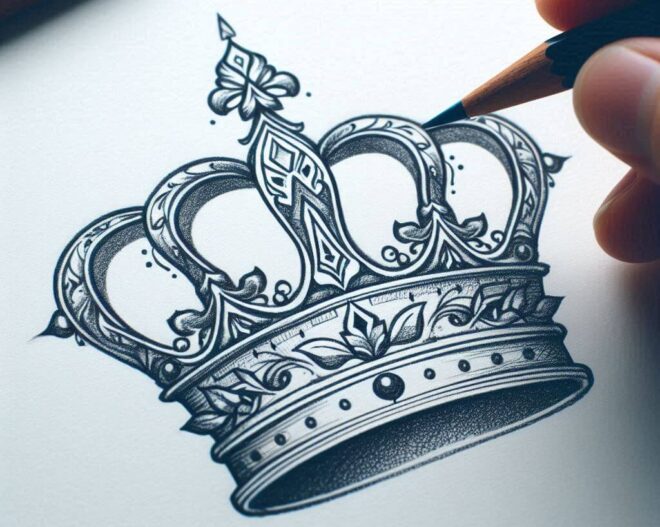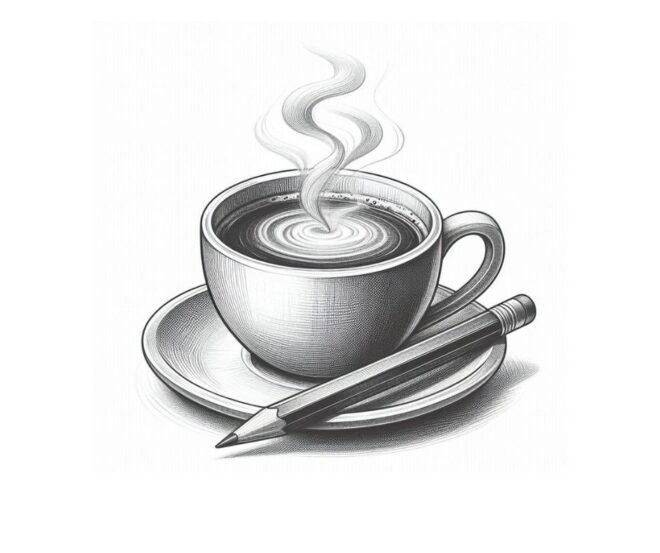Drawing is a wonderful form of artistic expression that allows us to convey emotions and capture the essence of our subjects. One intriguing subject to explore is the human heart, which symbolizes love, passion, and life itself. In this step-by-step guide, we will delve into the world of pencil drawing and learn how to create a realistic representation of the human heart. So grab your pencils and let’s get started!
Gather Your Materials
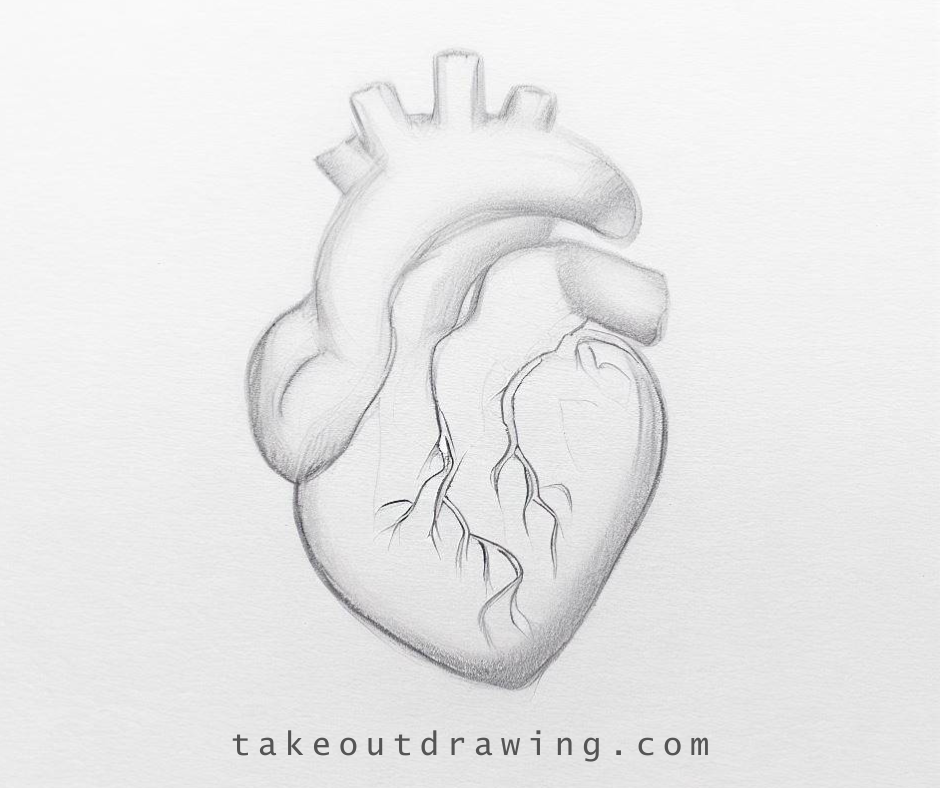
Before diving into the drawing process, ensure that you have all the necessary materials at hand. Here’s what you’ll need:
- Drawing paper or sketchbook: Select a sturdy paper with a smooth texture that can withstand pencil strokes and erasing.
- Pencils: Use a range of graphite pencils, such as 2H, HB, 2B, and 6B, to achieve varying tones and shades.
- Erasers: Keep both a kneaded eraser and a standard eraser nearby for corrections and highlights.
- Blending tools: Utilize blending stumps or cotton swabs to achieve smooth transitions between different shading areas.
Observe and Sketch the Basic Shape

Begin by studying reference images of human hearts. Observe the structure, proportions, and details carefully. Once you have a good understanding of the subject, lightly sketch the basic shape of the heart using an HB pencil. Start with a rounded top, tapering down to a pointed bottom. Remember, this is just a preliminary sketch, so don’t worry about perfection at this stage.
Define the Chambers and Major Vessels
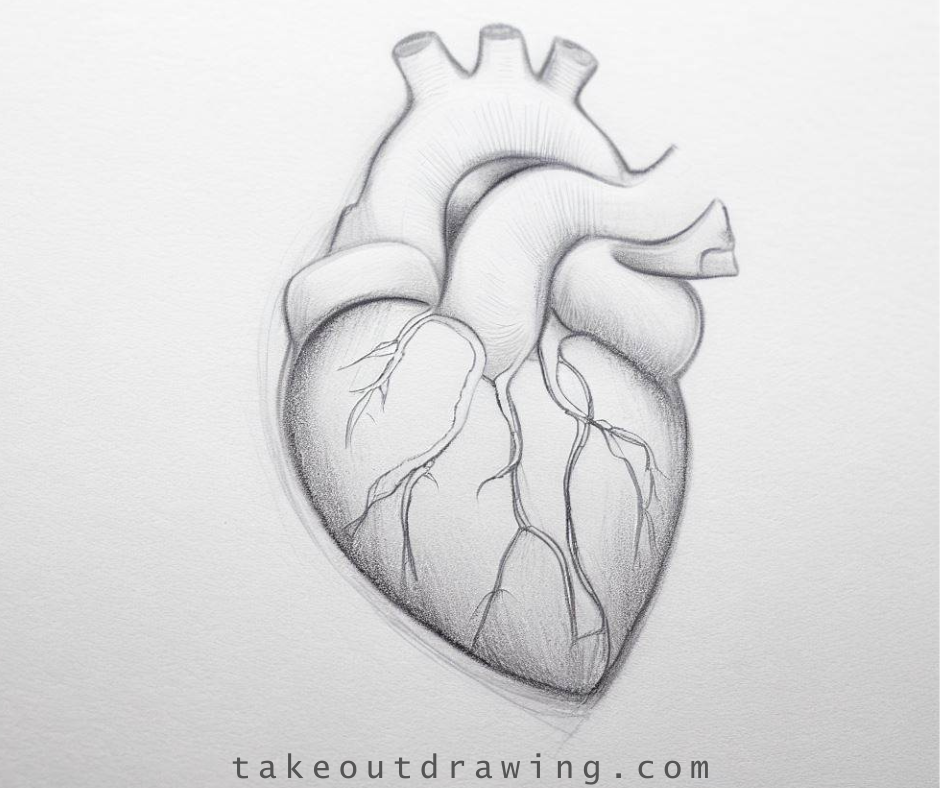
Next, refine your sketch by adding the chambers of the heart: the left and right atriums and ventricles. Pay attention to their relative sizes and positions. Also, outline the aorta and pulmonary arteries, which connect the heart to the major blood vessels. Use light, curved lines to create these structures and ensure they align with the overall shape of the heart.
Add Detail to the Arteries and Veins
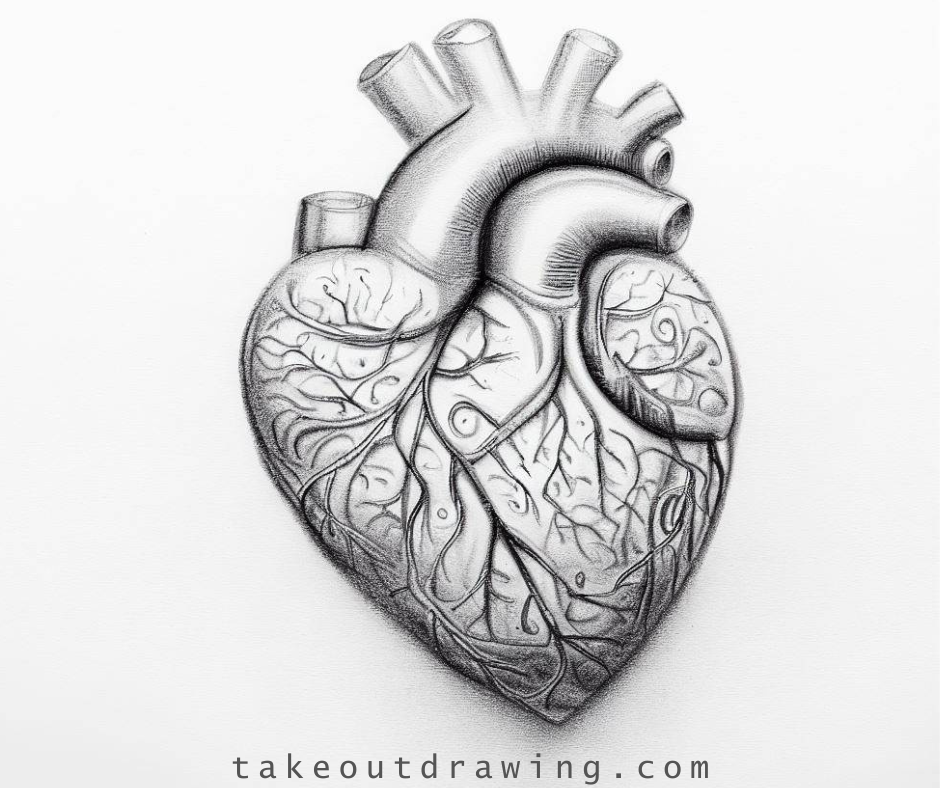
Now, focus on the arterial and venous networks that envelop the heart. These intricate details give the drawing a realistic touch. Study the reference images carefully and start sketching the major arteries and veins using light pencil strokes. Pay attention to their paths and how they branch out. Remember, precision is key in capturing the complexity of these networks.
Render the Textures and Shadows
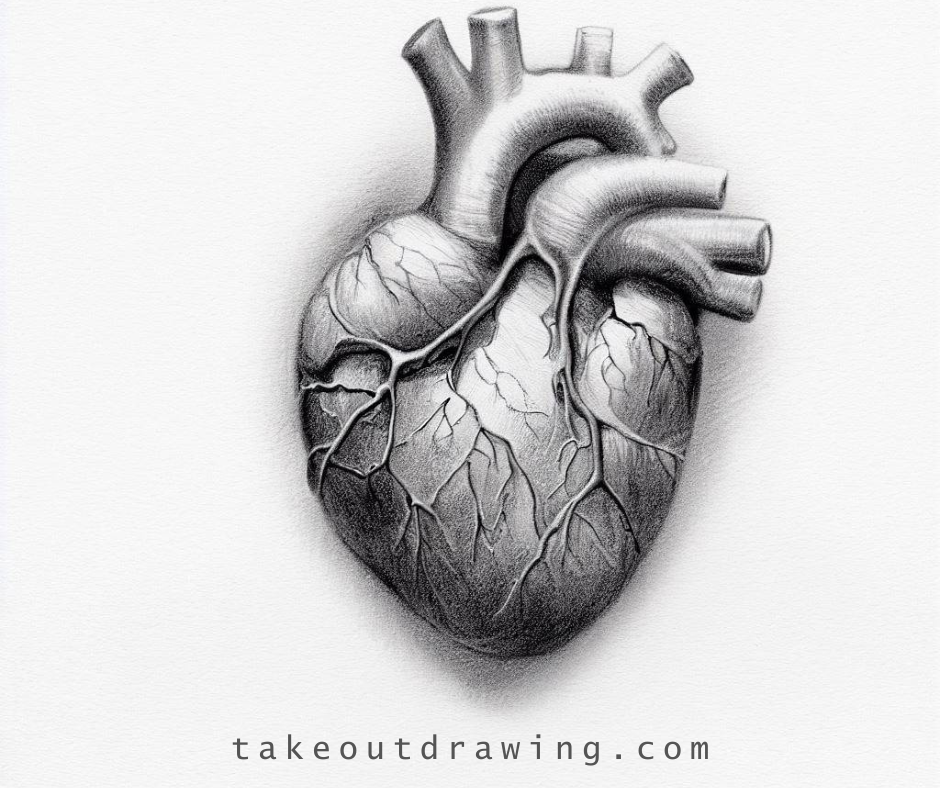
To give your drawing depth and dimension, it’s essential to work on shading and textures. Begin by identifying the light source in your reference image. Observe how the light falls on the heart, creating areas of shadow and highlights. Gradually build up the values by applying light and dark shading to the different areas of the heart. Use a combination of pencil strokes and blending techniques to achieve smooth transitions and capture the textures realistically.
Refine and Add Final Touches to Heart Drawing
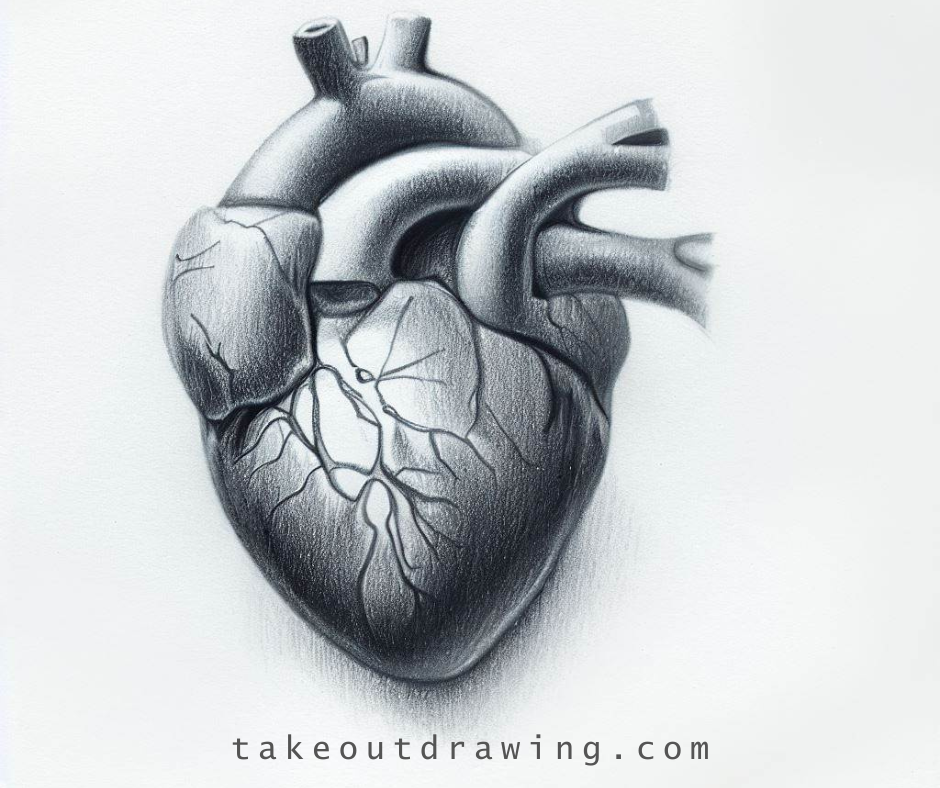
At this stage, step back and evaluate your drawing. Look for any areas that need refinement or adjustments. Use an eraser to make corrections or add highlights to certain areas, creating a polished appearance. Pay attention to details such as valves, muscle fibers, and blood vessels, refining them to enhance the realism of your drawing.




Human Heart Drawing Simple
If you’re looking to draw a simple representation of the human heart, start with a basic heart shape. Outline the chambers and major vessels with curved lines, keeping the drawing minimalistic. Focus on capturing the overall structure and proportions of the heart without delving into intricate details.
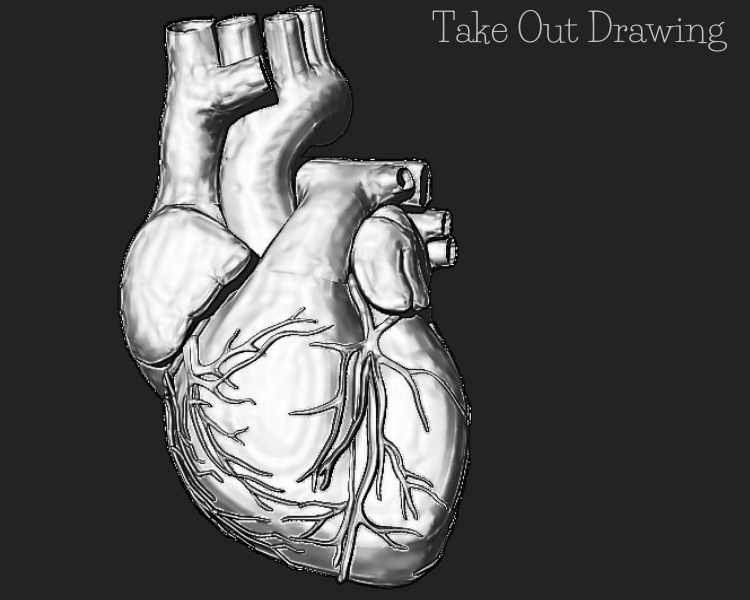
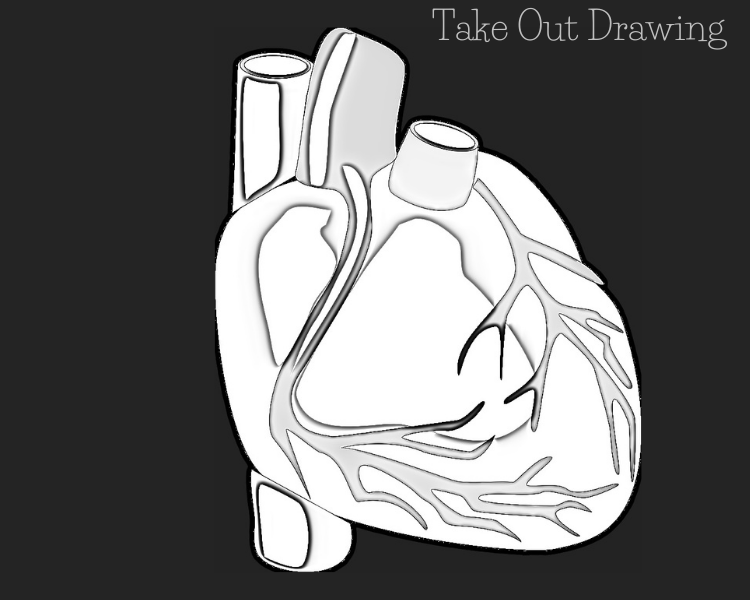
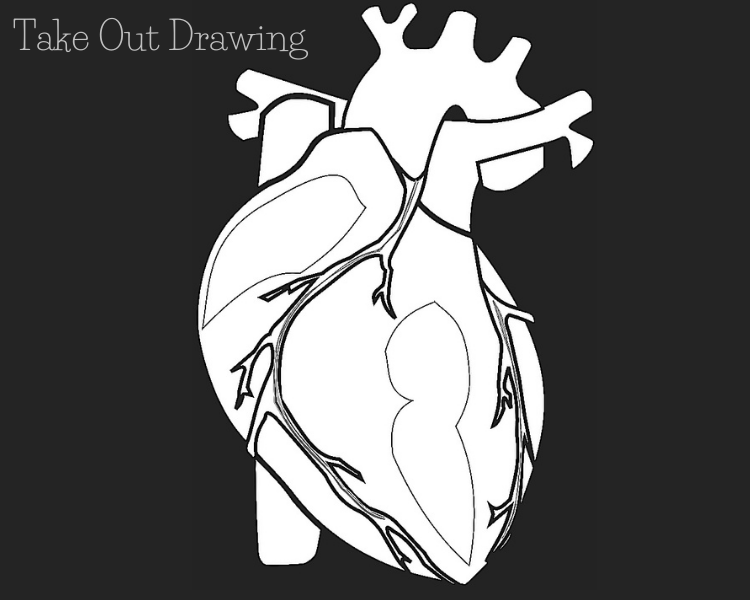

There are many different ways to draw a heart, but the simplest way is just two curved lines. This basic heart can be used as the starting point for more intricate designs.
To make the heart look three-dimensional, start by drawing the top curve slightly higher than the bottom curve. The distance between the curves will determine the size of the heart.
You can also add some details to make the heart more realistic. For example, you can add a stem on the top of the heart and leaves coming out of the sides.
Once you have mastered the basic heart shape, you can experiment with different designs. There are many possibilities, so let your imagination run wild!
Heart Drawing Easy
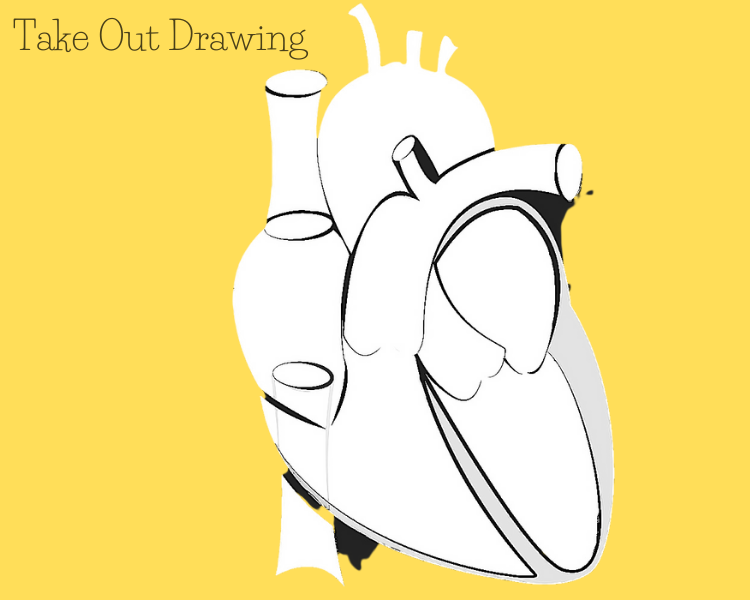
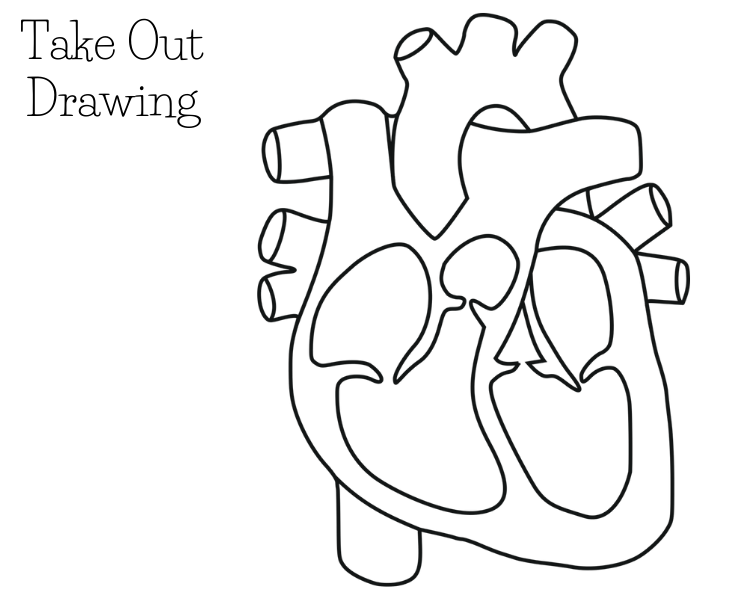
There are many ways that you can draw a heart, and all of them will be easy to follow. The most basic way to draw a heart is by drawing two ovals, one overlapping the other.
You can then add detail to the heart by drawing lines within the ovals to represent the contours of a heart. Another way to draw a heart is by drawing a simple four-pointed star and then transforming it into a heart shape.
This method is very easy to follow, and you can make the heart as simple or intricate as you like. Finally, you can also draw a heart by drawing two curved lines intersecting each other. This method is also very easy to follow, and once you have created the intersecting lines, you can add detail to them in order to form a heart shape.
Cute Heart Drawing
Creating a cute heart drawing is a delightful way to express love and affection. You can draw a simple heart shape and add charming elements like smiley faces, flowers, or bows to make it adorable. Use soft, curved lines and vibrant colors to bring your cute heart drawing to life.
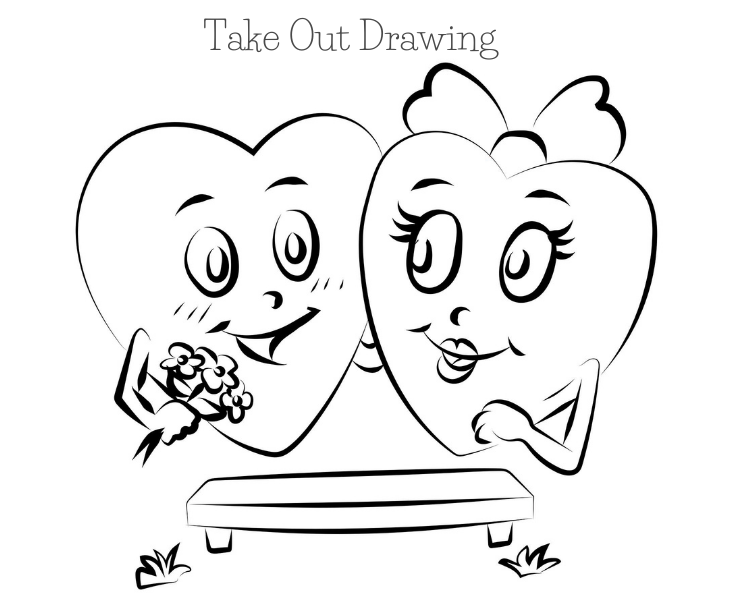
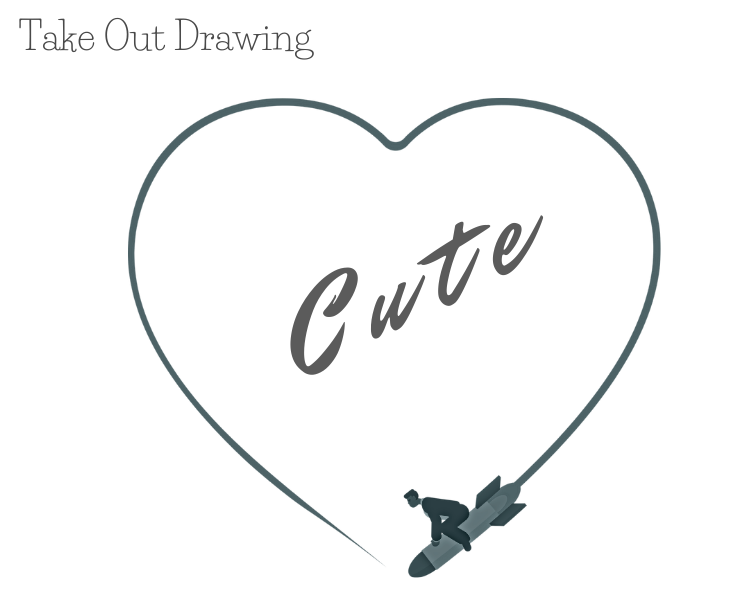
A second option that allows you to create a more complex yet still fairly simple-looking heart is to draw a four-pointed star. The easiest way for this would be to use a compass, but if you don’t happen to have one handy you can use a ruler. Draw your four-point star, then using a compass or ruler draw two intersecting circles on the tips of the star. Connect the circles with straight lines and there you have it- a simple heart shape.
If you want to try something even more challenging, why not try drawing a heart by freehand? This can be done by drawing two curved lines intersecting each other. It’s a bit more challenging than the other methods, but with a bit of practice, it’s not too difficult. Once you have drawn your heart, you can then add details to it such as curves, swirls, and spikes to make it look even more intricate.
Whichever method you choose, the most important part is to have fun with it! Hearts are a simple and classic symbol that can be drawn in many different ways, so why not experiment and see what you come up with?
Love Heart Drawing
Step-by-Step Guide to Love Heart Drawing:
- Draw the outline of the heart on paper with a pencil.
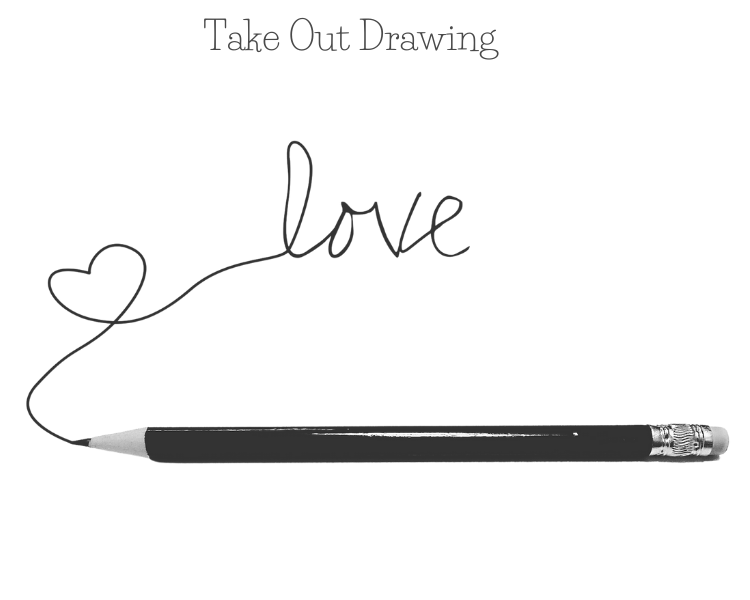
- Shade in the middle of the heart with a red color pencil.

- Draw curved lines around the edge of the heart.
- Shade the outer edges of the heart with a pink color pencil.
- Draw a smaller heart in the center of the first heart.

- Shade in the center of the small heart with a dark red color pencil.
- Write a message inside the small heart.

- Draw a border around the outside of the drawing.
Another trending drawings
- Pineapple Drawing- How to draw pineapple step by step
- Easy, Cartoon Fox Outline Line Drawing Tutorials
- Easy Cute Duck Drawing Guide and Tutorials
Important Facts Human Heart

- The human heart is an organ that pumps blood throughout the body.
- The heart is located in the chest, between the lungs. Size of a fist and weighs between 250 and 300 grams.
- The heart has four chambers: two atria and two ventricles. The right side of the heart pumps blood to the lungs. The left side of the heart pumps blood to the rest of the body.
- The heart has four valves that open and close to allow blood to flow through it in one direction only. One valve opens from the right atrium into the right ventricle, another valve opens from the left atrium into the left ventricle, and a third valve opens from the right ventricle into the pulmonary artery. The fourth valve called the aortic valve, opens from the left ventricle into the aorta.
- The heart is powered by its own muscle tissue, called the myocardium. The myocardium contracts (or squeezes) to pump blood through the heart.
- The heart is a very efficient pump. It can pump up to 5 liters of blood per minute.
- The human heart starts beating about 22 days after conception. By the time a baby is born, the heart has been beating for about three months.
- The average human heart beats about 72 times per minute.
- The human heart can beat up to 200 times per minute during strenuous exercise.
- The human heart can beat as slowly as 38 times per minute during deep sleep.
- A heart attack (or myocardial infarction) occurs when the blood supply to the heart is blocked. This can happen when a blood clot blocks one of the arteries that supply blood to the heart muscle.
- A heart transplant is a surgery in which a diseased or damaged heart is replaced with a healthy heart from a donor.
- The human heart can beat for up to 40 years after it has been donated for a transplant.











